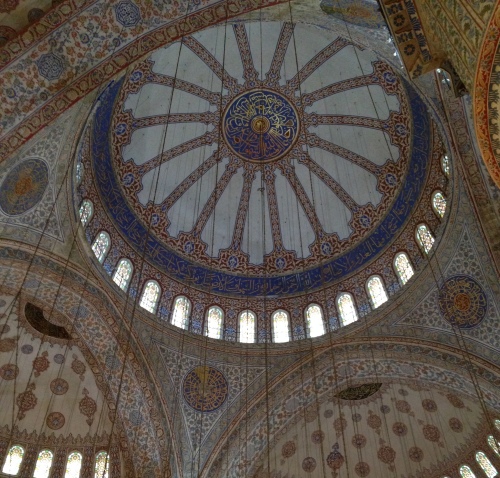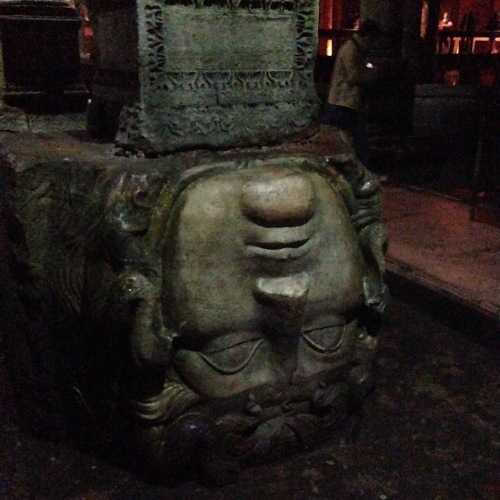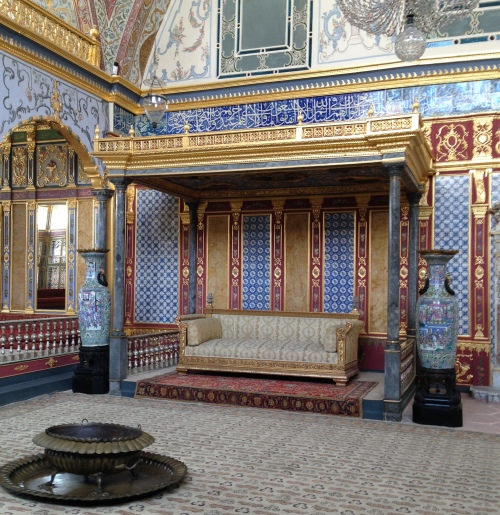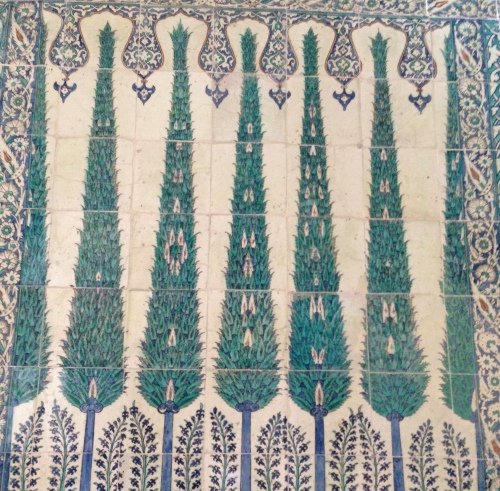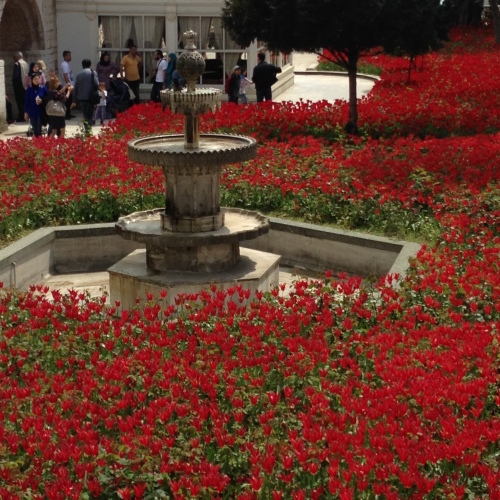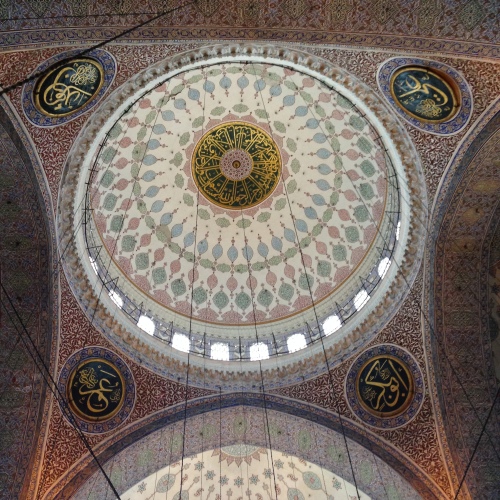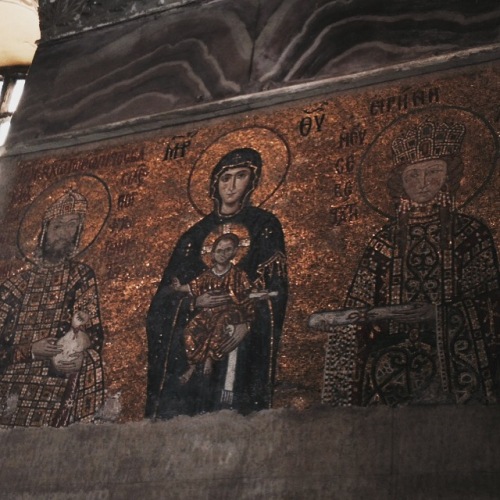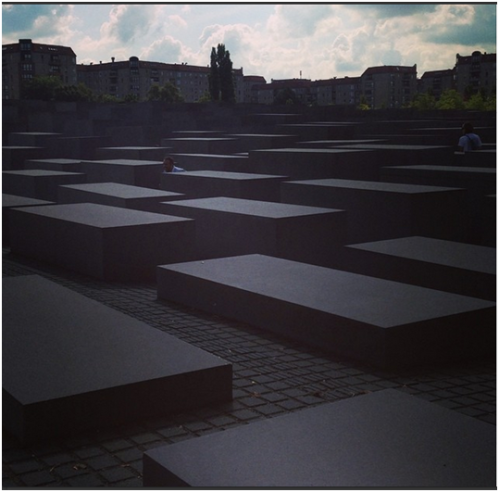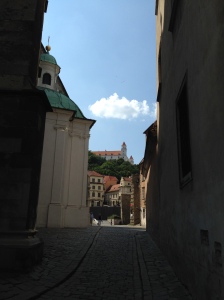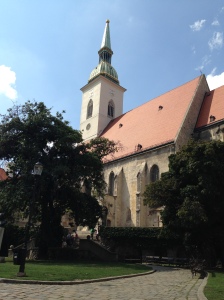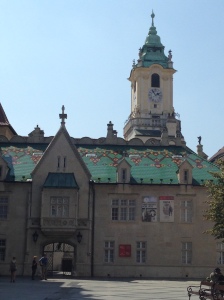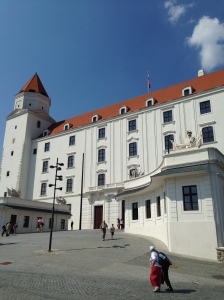I’ve recently spent the weekend in Riga, Latvia and it has to be one of the most beautiful and interesting cities I’ve visited to date. There’s plenty to do and see in the city, with many of the sights within close proximity to one another in the Old Town.
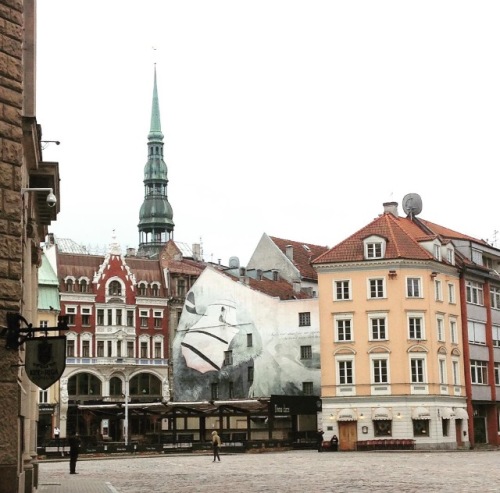
Cathedral Square, Riga
One of the best known buildings is the House of the Blackheads, originally built by a guild of merchants of the same name (similar halls can be found across Scandinavian, including in Tallinn). The original hall was built in the C14th but, after sustaining severe bomb damage in 1941 at the hands of the Nazis, was subsequently demolished by the occupying Soviets. It was reconstructed in the 1990s and, despite how controversial the reconstruction is considered, it is an impressive and imposing building.

The House of the Blackheads
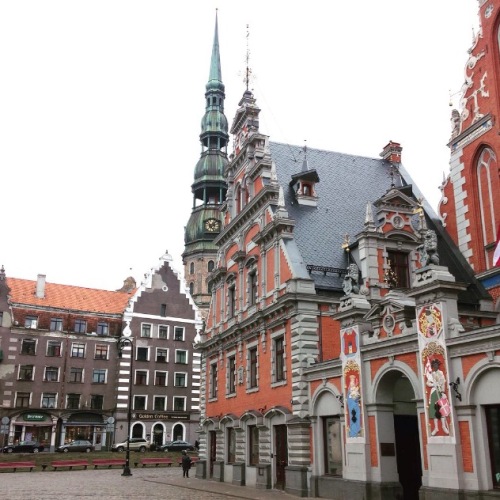
The House of the Blackheads with the spire of the Church of St. Peter in the background
Other sights in the Old Town include the C13th church of St. Peter with its elaborate, layered spire. Close by is the sculpture of the Bremen Musicians, based on the Brothers Grimm fairy tale in which a disgruntled donkey, dog, cat and rooster team up to form a musical quartet but on the way to Bremen, after scaring off a band of brigands, discover a safe haven where they live happily ever after.

The Church of St. Peter
Elsewhere in the Old Town is the C13th Cathedral, situated in a large square which also houses brightly coloured buildings. Close by, in yet another cobbled square, is Riga Castle where the Latvian president resides. It’s quite an understated building, painted in a vibrant yellow.
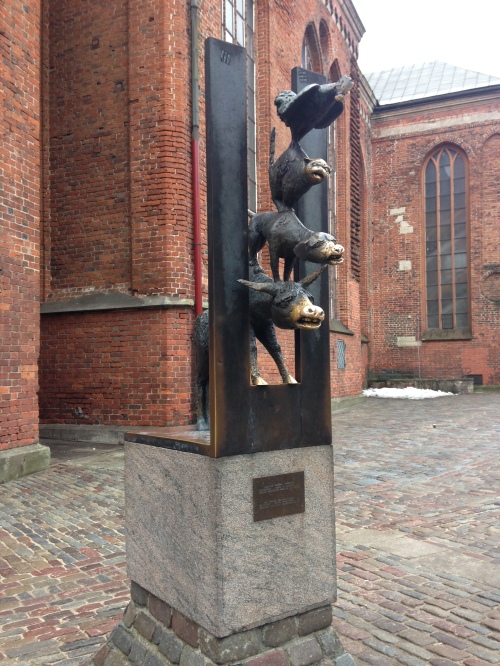
The Musicians of Bremen
In the more modern part of the city, there’s some beautiful architecture to see in the Jugend district which is characterised by Art Nouveau style buildings. There’s also the Orthodox Cathedral with its golden domes and elaborately painted interior.

Art Nouveau architecture in the Jugend District

The Orthodox Cathedral
The Freedom Monument, erected in the 1930s to honour the soldiers who died in the Latvian War of Independence (1918-1920), is also situated at the edge of the new city. It stands at 42 metres and the figure of Liberty stands atop, holding three stars symbolising the three regions of Latvia. The statue has a Guard of Honour, with two soldiers (weather permitting) present at the monument.

The Freedom Statue, Riga.
I visited Riga in January and I’m not sure if it was because it’s a relatively quiet time of year to travel but it certainly made a difference as parts of the Old Town were practically deserted. Fortunately, if you’re as deeply unnerved by crowds as I am, this is no bad thing! The weather was also surprisingly mild with temperatures around 7 degrees Celsius.
Unfortunately, I did miss out on a few things whilst I was there for which I’m blaming a particularly unpleasant hangover and bizarre opening times. These included the Latvian National Museum of Art (closed until 5th May 2016 for renovation work), the Museum of Latvian Occupation (also temporarily closed for renovation) and the Riga Ghetto and Holocaust Museum (closed on Saturdays). They’re all highly recommended in travel guides and on TripAdvisor so if you’re in Riga, they’re definitely worth considering.
Finally, this bollard cannot go without comment – look how dashing it is!

Thanks for reading x









